Himalaya Sleep Tea
- 1. Introduction to Himalaya Sleep Tea
- 2. Active Ingredients and Herbal Composition
- 3. Mechanism of Action: How Himalaya Sleep Tea Works
- 4. Therapeutic Uses and Approved Applications
- 5. Off-Label Uses and Alternative Applications
- 6. Recommended Dosage and Administration Guidelines
- 7. Common and Uncommon Side Effects
- 8. Safety Profile and Risk of Overdosage
- 9. Special Populations and Considerations for Use
- 10. Interactions with Drugs, Food, and Supplements
- 11. Contraindications and Conditions to Avoid Use
- 12. Warnings and Precautionary Advice Before Use
- 13. Guidelines for Careful Administration and Monitoring
- 14. Storage Instructions and Shelf Life Considerations
- 15. Safe Handling Practices and Consumer Tips
1. Introduction to Himalaya Sleep Tea
Himalaya Sleep Tea is a signature product from Himalaya Herbal Healthcare, a globally recognized brand rooted in the principles of Ayurveda, a time-honored holistic system of medicine that originated in India. With decades of expertise in botanical science, Himalaya formulates its wellness teas by blending traditional knowledge with modern research.
This sleep-supportive tea is crafted for individuals who struggle with sleep irregularities, ranging from transient sleeplessness due to stress or lifestyle changes to persistent patterns of insomnia. Positioned as a gentle, plant-based alternative to pharmaceutical hypnotics, Himalaya Sleep Tea caters to those seeking a non-habit-forming, natural route to deep and restorative slumber.
Unlike synthetic sedatives, it encourages calmness without grogginess or the risk of dependency, making it ideal for long-term wellness routines.
2. Active Ingredients and Herbal Composition
Himalaya Sleep Tea combines a potent array of botanicals known for their neurocalming and adaptogenic properties. Each herb is carefully selected for its ability to foster a serene mental state and enhance sleep quality:
- Tagara (Valeriana wallichii): A powerful Ayurvedic sedative known to ease nervous tension and restlessness.
- Brahmi (Bacopa monnieri): A revered nootropic that supports memory, reduces anxiety, and enhances mental clarity.
- Ashwagandha (Withania somnifera): An adaptogen that balances cortisol levels and reduces stress-induced insomnia.
- Chamomile (Matricaria chamomilla): Renowned for its calming aroma and mild sedative effects that gently soothe the senses.
The formulation is entirely caffeine-free and devoid of artificial flavors, colorants, or preservatives. It relies solely on the intrinsic therapeutic power of botanicals to deliver results.
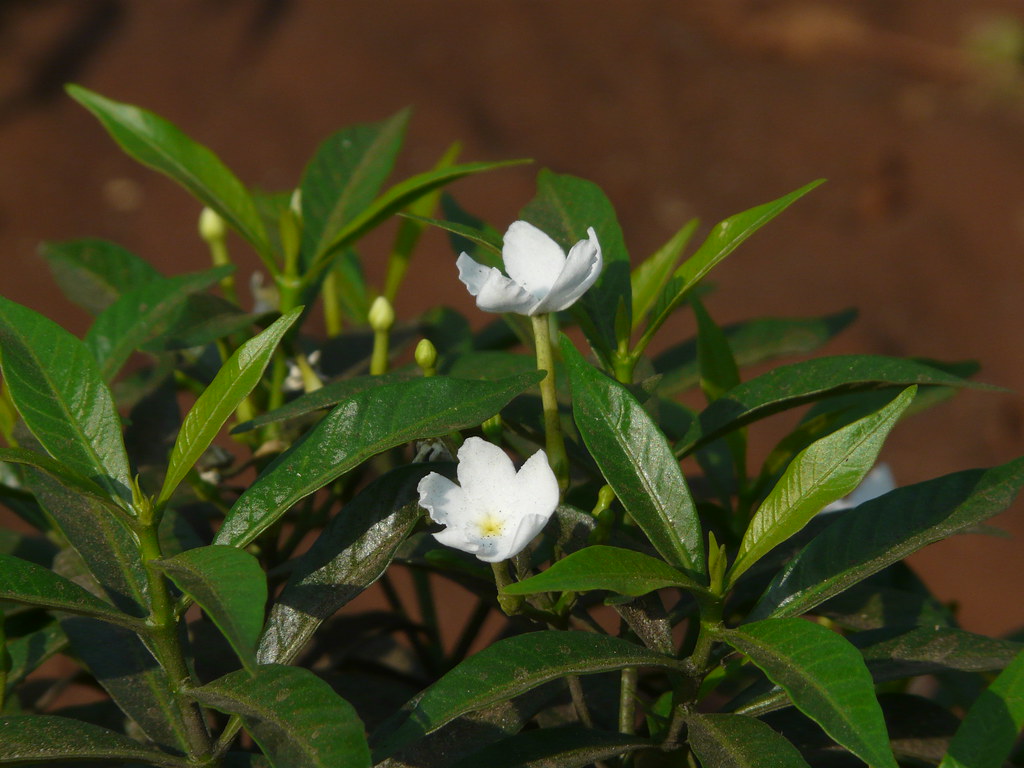
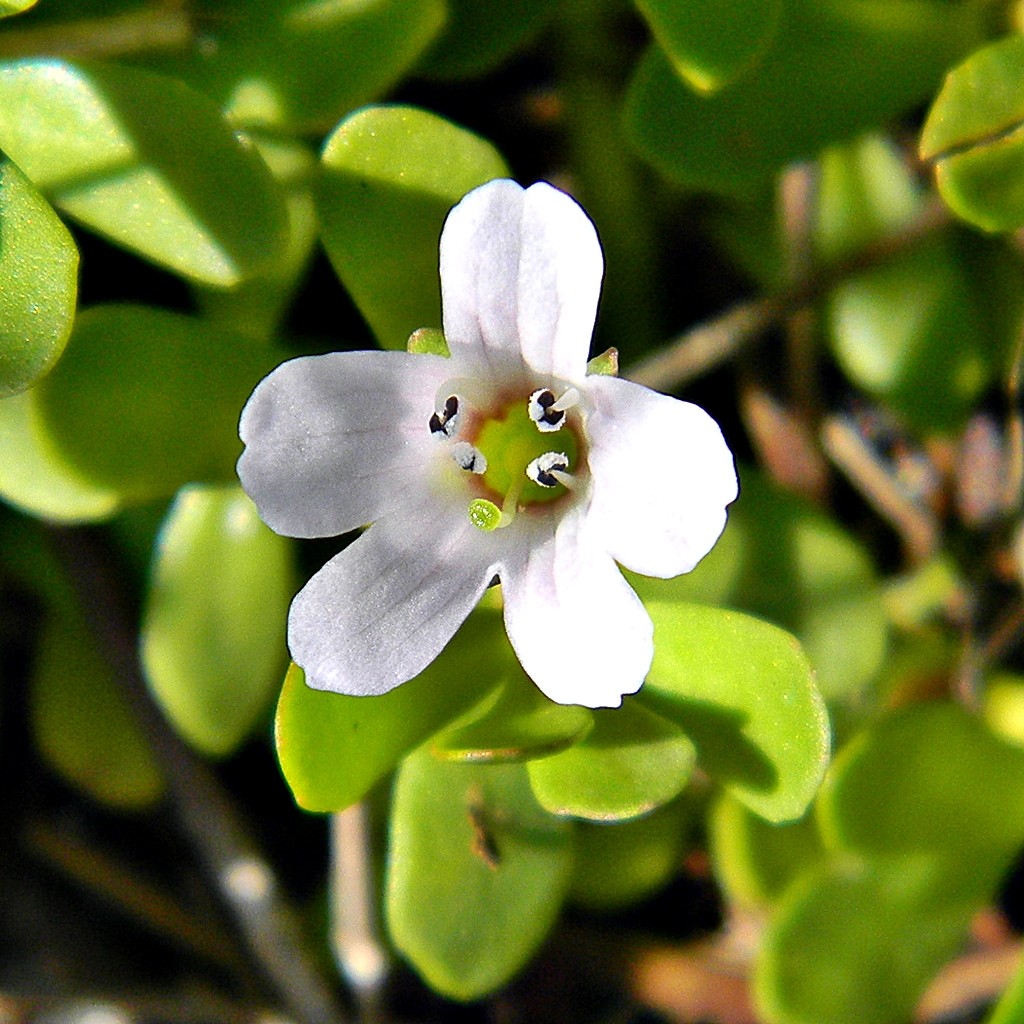
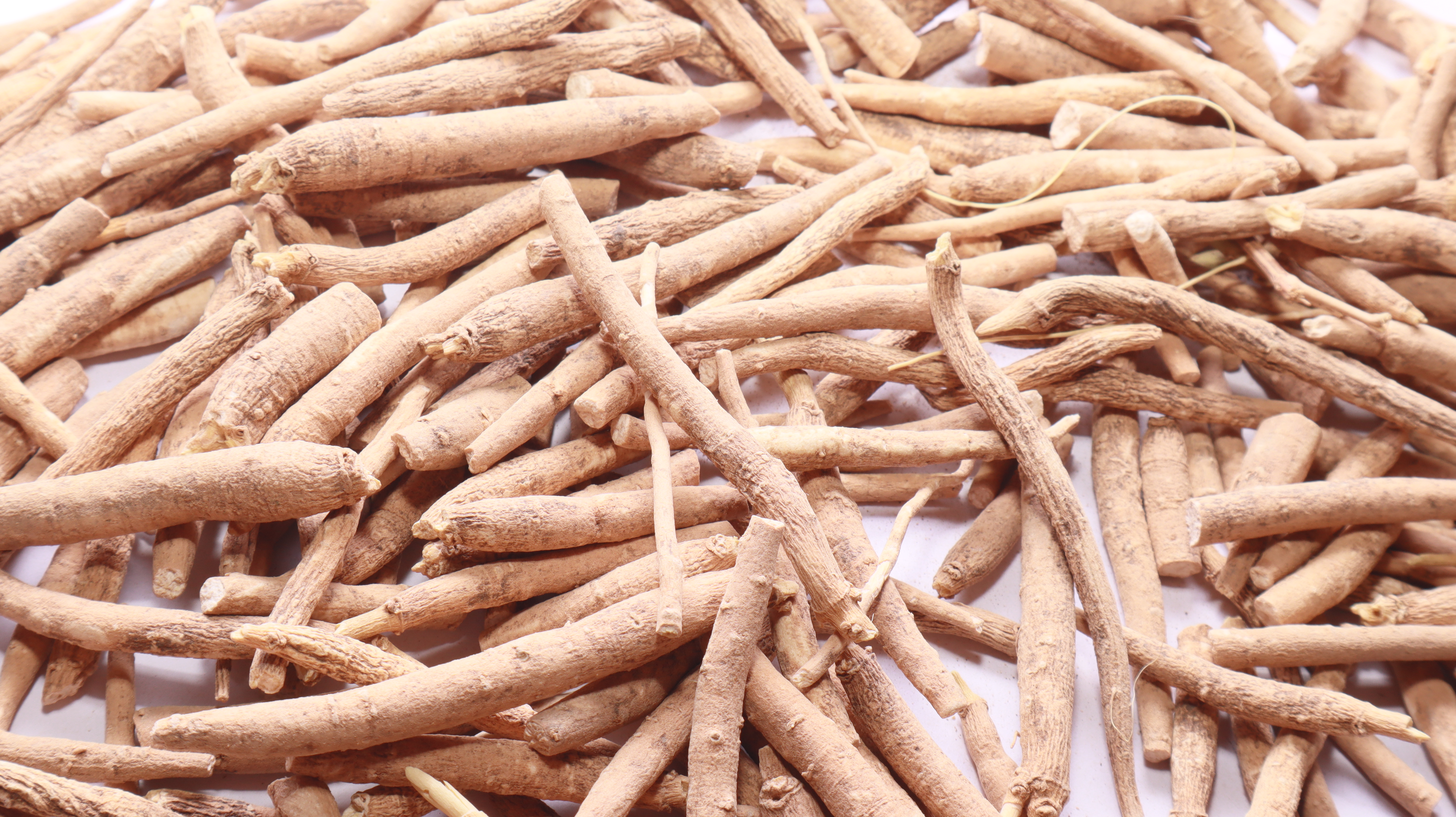
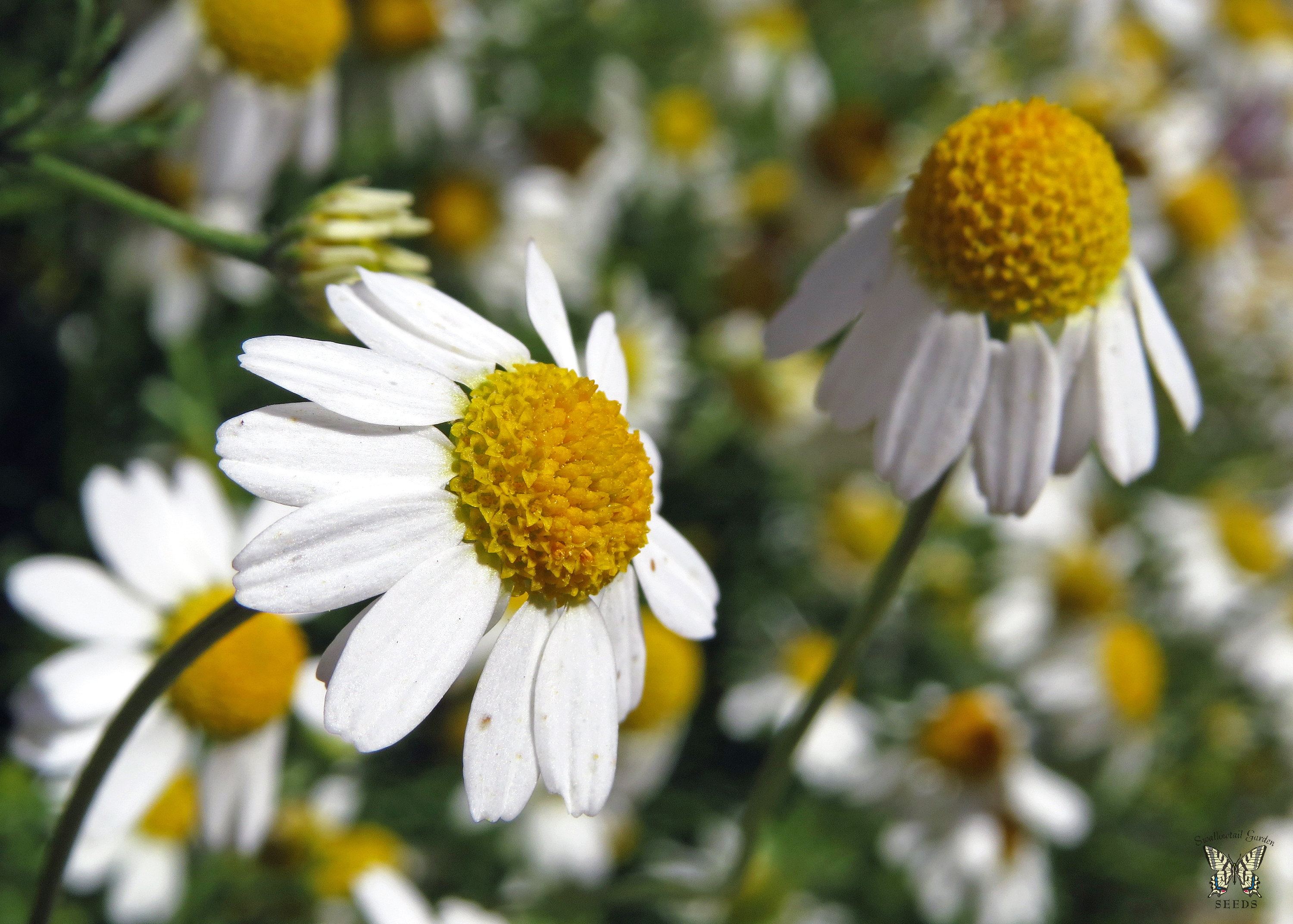
3. Mechanism of Action: How Himalaya Sleep Tea Works
Himalaya Sleep Tea works by modulating key neurochemical pathways involved in sleep regulation and stress response. The active constituents in herbs such as Tagara and Brahmi interact with gamma-aminobutyric acid (GABA) receptors in the brain, enhancing inhibitory neurotransmission and producing a tranquilizing effect.
Ashwagandha exerts an adaptogenic influence, lowering the physiological impact of stress by normalizing cortisol rhythms. This dual-action approach, sedative and adaptogenic results in:
- Reduced sleep latency (time to fall asleep)
- Improved sleep maintenance throughout the night
- Balanced circadian rhythms aligned with natural melatonin cycles
The herbal synergy calms the autonomic nervous system, promoting a parasympathetic state essential for deep sleep and neurorepair.

4. Therapeutic Uses and Approved Applications
Himalaya Sleep Tea is widely used for:
- Insomnia relief: Alleviates difficulty in falling or staying asleep, particularly for those with lifestyle- or stress-induced disturbances.
- Anxiety reduction: Helps calm mental chatter and overactive thought loops, facilitating smoother transition into sleep.
- Pre-sleep relaxation: Acts as a part of wind-down routines to create a soothing bedtime ritual.
Its efficacy lies in supporting natural sleep cycles without causing next-day lethargy or psychological dependence.

5. Off-Label Uses and Alternative Applications
In addition to its primary use, Himalaya Sleep Tea is employed in various off-label contexts to support overall sleep hygiene and lifestyle transitions:
- Jet lag management: Assists the body in recalibrating its internal clock after trans-meridian travel.
- Mindfulness enhancement: Used before meditation or yoga nidra to deepen relaxation and mental stillness.
- Menopause-related sleep disruption: Helps mitigate sleep disturbances caused by hormonal fluctuations.
- Shift work adaptation: Provides a natural solution for those adjusting to non-traditional sleep schedules.
These applications broaden its relevance beyond insomnia to encompass holistic nervous system support.

6. Recommended Dosage and Administration Guidelines
Proper usage is key to achieving the desired sleep-enhancing effects. Follow these administration tips for optimal results:
- Preparation: Steep one tea bag in hot water (approximately 200 ml) for 5-7 minutes.
- Timing: Best consumed 30 to 60 minutes prior to bedtime.
- Frequency: Use nightly or as needed depending on sleep quality and stress levels.
- Duration: Can be safely incorporated into long-term evening routines for sustained benefit.
Ensure consistent use and minimize distractions around bedtime to enhance efficacy.

7. Common and Uncommon Side Effects
Himalaya Sleep Tea is generally well-tolerated, owing to its plant-based formulation. However, like all supplements, some users may experience side effects:
- Common: Mild drowsiness, dry mouth, or an initial feeling of sluggishness as the body adjusts.
- Uncommon: Gastrointestinal discomfort, headache, or mild dizziness typically transient and self-resolving.
- Rare: Allergic reactions such as skin rashes or itching, especially in individuals sensitive to specific herbs like Chamomile.
Discontinue use and consult a healthcare provider if adverse reactions persist or worsen. The product should not be mixed with other sedative agents unless approved by a physician.
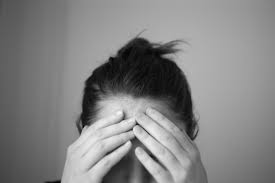
8. Safety Profile and Risk of Overdosage
Himalaya Sleep Tea boasts a favorable safety profile when consumed as directed. Its natural formulation, devoid of synthetic sedatives, makes it suitable for extended use. However, like all botanical supplements, prudence is essential, especially in individuals with heightened sensitivity to herbal compounds.
Excessive intake may lead to symptoms such as:
- Profound drowsiness that extends into waking hours
- Hypotension or a noticeable drop in blood pressure, leading to lightheadedness
- Sluggish cognitive responses or difficulty in maintaining alertness
In cases of accidental overconsumption, immediate discontinuation is advised. Hydration and rest often resolve minor symptoms; however, medical evaluation is recommended if adverse effects persist or worsen. While rare, certain herbs, especially in highly concentrated form, may exert hepatotoxic or neuroactive effects when consumed inappropriately.
9. Special Populations and Considerations for Use
9.1 Administration in Elderly Individuals
Older adults are more susceptible to the sedative and hypotensive effects of herbal sleep aids. Even small doses may cause enhanced somnolence, leading to an increased risk of:
- Falls during nighttime awakenings
- Cognitive dulling or disorientation
- Interactions with concurrent medications, particularly anticholinergics or antihypertensives
Close monitoring and a lower starting frequency are advised in this demographic to mitigate adverse outcomes.
9.2 Use in Pregnant Women and Nursing Mothers
Though Himalaya Sleep Tea is composed of natural ingredients, not all of the included herbs have been thoroughly studied for safety during pregnancy or lactation. Potential risks include:
- Impact on fetal neurodevelopment from sedative alkaloids
- Transfer of active compounds through breast milk
Due to the paucity of conclusive safety data, it is strongly advised that pregnant and breastfeeding women consult a qualified healthcare professional before initiating use.

9.3 Administration in Pediatric Populations
Use in children under 12 years of age should be approached with caution due to the limited body of clinical evidence. Key concerns include:
- Age-inappropriate central nervous system depression
- Potential behavioral shifts or paradoxical excitation
If administered to older children or adolescents, dosage should be adjusted, and the child should be monitored for any unusual responses, particularly in cognitive or motor behavior.
10. Interactions with Drugs, Food, and Supplements
The botanical compounds in Himalaya Sleep Tea can interact with various medications and supplements. Notable interactions include:
- Alcohol and sedatives: Enhanced central nervous system depression when combined
- Benzodiazepines and sleep aids: Potential additive effects leading to prolonged drowsiness
- Anticoagulants: Certain herbs like Chamomile may potentiate blood-thinning effects
- Thyroid medications and iron supplements: Reduced absorption or altered pharmacodynamics
Spacing herbal tea consumption apart from prescription drugs and supplements, ideally by at least two hours, can reduce the risk of unwanted interactions.
11. Contraindications and Conditions to Avoid Use
Himalaya Sleep Tea is contraindicated in the following situations:
- Documented allergies or hypersensitivity to any included botanical ingredients
- History of hypotension or bradycardia
- Individuals diagnosed with major depressive disorder or other psychiatric illnesses requiring active pharmacotherapy
- Prior to activities that demand mental vigilance, such as driving or machinery operation
These precautions help avoid unpredictable physiological or psychological responses that may compromise safety.
12. Warnings and Precautionary Advice Before Use
While beneficial for sleep support, this tea should not be used as a replacement for medical therapy in chronic or clinical insomnia. Additional warnings include:
- Discontinue use if sleeplessness worsens or continues beyond two weeks
- Avoid engaging in hazardous activities immediately after consumption
- Medical consultation is advised for individuals with existing health conditions such as cardiovascular disorders, hormonal imbalances, or neurological issues
Regular review of overall sleep hygiene is also recommended to complement the effects of the tea.
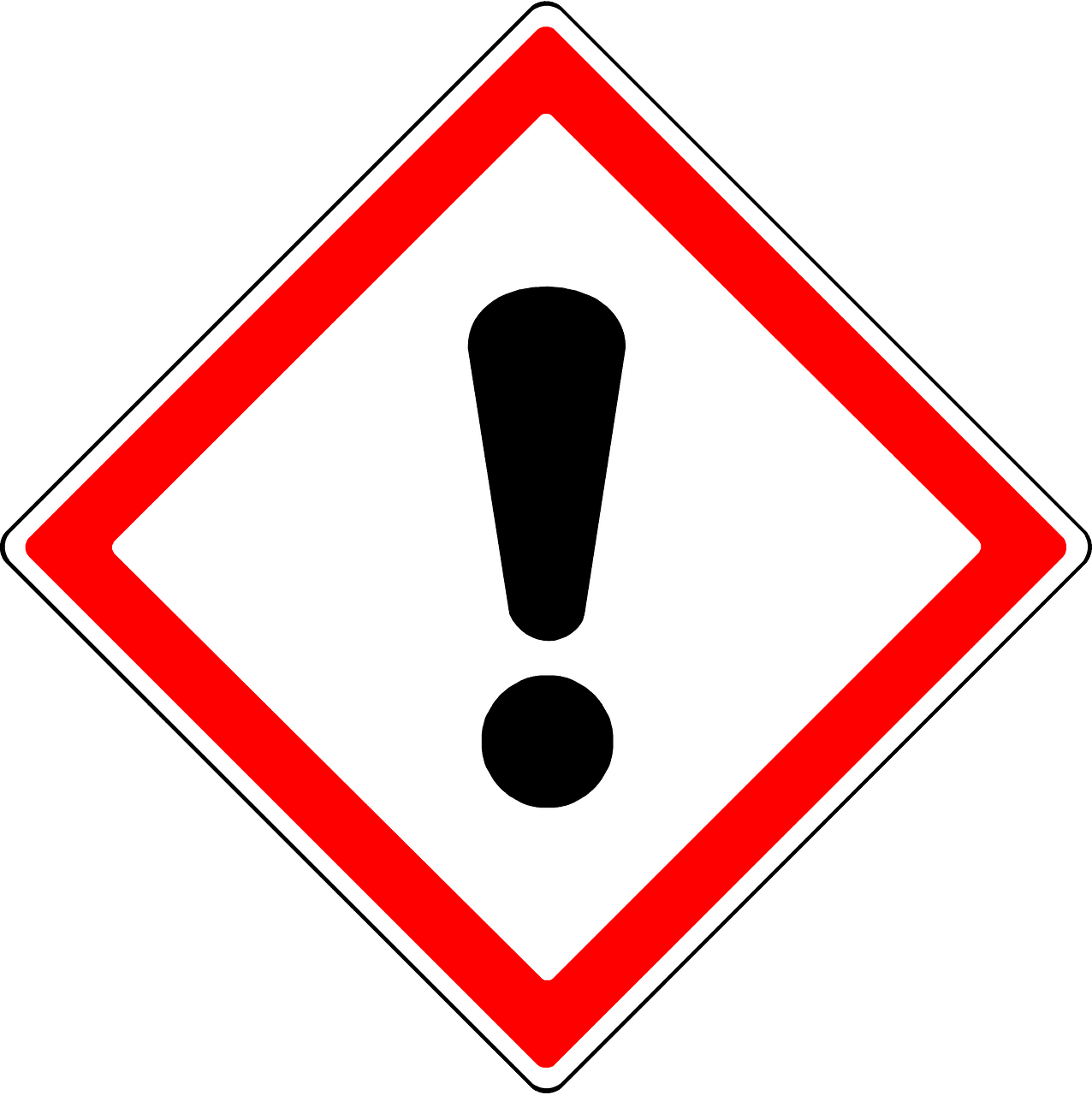
13. Guidelines for Careful Administration and Monitoring
To ensure safety and efficacy, adhere to the following administration principles:
- Begin with minimal frequency (e.g., alternate nights) and gradually increase if well-tolerated
- Integrate into a broader regimen of non-pharmacologic sleep hygiene, such as dim lighting, screen curfews, and breathing exercises
- Use fresh, filtered water for steeping and drink while warm to preserve volatile oils
- Stay observant of any idiosyncratic reactions such as rashes, irregular heartbeats, or mood alterations
Documenting any changes in sleep patterns or side effects may assist healthcare professionals in further guidance.
14. Storage Instructions and Shelf Life Considerations
Proper storage is essential to maintain the therapeutic integrity of Himalaya Sleep Tea. Follow these best practices:
- Store in a cool, dry location away from direct sunlight or humidity
- Use an airtight container if transferring loose tea or opening bulk packages
- Do not refrigerate, as condensation may affect herb quality
- Respect the expiration date indicated on the box to ensure potency and safety
Ensure the product is kept out of reach of children and pets.
15. Safe Handling Practices and Consumer Tips
Consumers are encouraged to follow responsible handling methods to preserve the integrity of the tea and avoid contamination:
- Dispose of expired or unused sachets through general waste not compost unless specified
- Do not mix or store near medicated teas or teas containing stimulants like caffeine
- If using loose-leaf formats, ensure all utensils and storage jars are sterilized and moisture-free
- When using reusable metal or cloth filters, clean thoroughly after each use to avoid microbial buildup
Proper handling maintains product purity and helps consumers achieve consistent, high-quality results with every brew.
Himalaya Sleep Tea FAQ
- Does sleep tea make you sleepy?
- What are the side effects of sleep tea?
- What time should I drink sleep tea?
- What is Himalaya Sleep Tea?
- What are the key ingredients in Himalaya Sleep Tea and how do they aid sleep?
- Does Himalaya Sleep Tea contain caffeine?
- How should Himalaya Sleep Tea be consumed for best results?
- Can Himalaya Sleep Tea help with insomnia or other sleep disorders?
- Are there any potential side effects of drinking Himalaya Sleep Tea?
- Is Himalaya Sleep Tea habit-forming?
Does sleep tea make you sleepy?
Yes
What are the side effects of sleep tea?
Headache, dizziness, stomach problems or sleeplessness
What time should I drink sleep tea?
At least half an hour before bedtime
What is Himalaya Sleep Tea?
The Himalaya Sleep Tea contains ingredients known for helping to relax the mind and body, thereby improving sleep quality.
What are the key ingredients in Himalaya Sleep Tea and how do they aid sleep?
Components consist of Ashwagandha (recognized for its stress-relieving and sleep-enhancing characteristics), Tagara (Indian Valerian used traditionally as a sedative), and Jatamansi (Spikenard thought to soothe the mind and enhance sleep quality). Additional calming herbs, such as chamomile or lemon balm, may also be included.
Does Himalaya Sleep Tea contain caffeine?
Himalaya Sleep Tea is typically designed to be caffeine-free, helping to promote relaxation and improve sleep quality.
How should Himalaya Sleep Tea be consumed for best results?
It's usually suggested to have a mug of Sleep Tea 30 minutes to an hour before going to bed, following the brewing guidelines provided on the packaging. Typically requiring steeping a tea bag in hot water for a few minutes.
Can Himalaya Sleep Tea help with insomnia or other sleep disorders?
The herbs found in Himalaya Sleep Tea have long been recognized for their ability to promote relaxation and improve sleep; however, it should not be used as a substitute for professional assistance when dealing with recognized sleep disorders, such as insomnia. If you are experiencing difficulty with sleeping it is advisable to seek advice, from a healthcare provider.
Are there any potential side effects of drinking Himalaya Sleep Tea?
Himalayan Sleep Tea is typically deemed safe for adults. Although some people may encounter feelings of drowsiness or digestive disturbances, it is advisable to seek advice from a healthcare professional if you suffer from any existing health issues or are taking other medications before incorporating this tea into your routine.
Is Himalaya Sleep Tea habit-forming?
The natural components found in Himalaya Sleep Tea are generally not known to cause dependency if used as recommended; nevertheless, it's advisable to seek advice from a healthcare provider if you have any worries.







